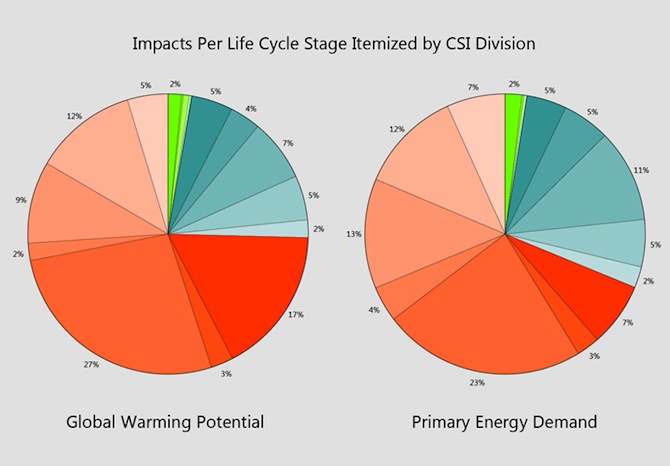Autodesk Labs launches Life Cycle Assessment plug-in for Revit
Autodesk Labs has released a plug-in app for its Revit building design software that lets architects and engineers calculate the environmental impact of building materials through the Building Information Modeling (BIM) design process.
The app is called Tally. Autodesk said it requires no special modeling practices for users working on a Revit model to define relationships between Building Information Modeling (BIM) elements and construction materials from the Tally database to provide a Life Cycle Assessment (LCA) of the building.
Tally’s database provides environmental-impact information, such as embodied energy and global warming potential, for construction materials that users can assign to BIM elements and objects in their designs.
The program outputs a report that summarizes a project’s impact in five of the U.S. Environmental Protection Agency’s Tools for the Reduction and Assessment of Chemical and Other Environmental Impacts categories and three cumulative energy demand categories. The report can also sort the results by life-cycle stage, Revit category, and Construction Specifications Institute division.
Tally was designed by Philadelphia-based architecture firm, KieranTimberlake, and integrates LCA data provided by global sustainability consultants PE International.
LCA’s are a relatively new methodology for comparing the relative environmental impacts of materials and processes. For architects and engineers in the BIM business, LCA’s are not available in the design phase, as most LCA’s are conducted on entire buildings and building components after construction is complete.
“In principle, building information modeling (BIM) ought to provide designers with the detailed bill of materials necessary to perform a Life Cycle Assessment during project delivery,” said KieranTimberlake. “But in practice, elements in BIM models often do not reflect the actual volume of materials, requiring a more refined definition of architectural products than expected.”
LCA’s also typically don’t include costing information or make any claims as to the appropriateness of materials selected by users in terms of cost, durability, structural soundness, or aesthetics.
The app launched in beta in November and is available for free until March 1. After that, it will be sold for an as-yet undetermined price through Autodesk Exchange.






